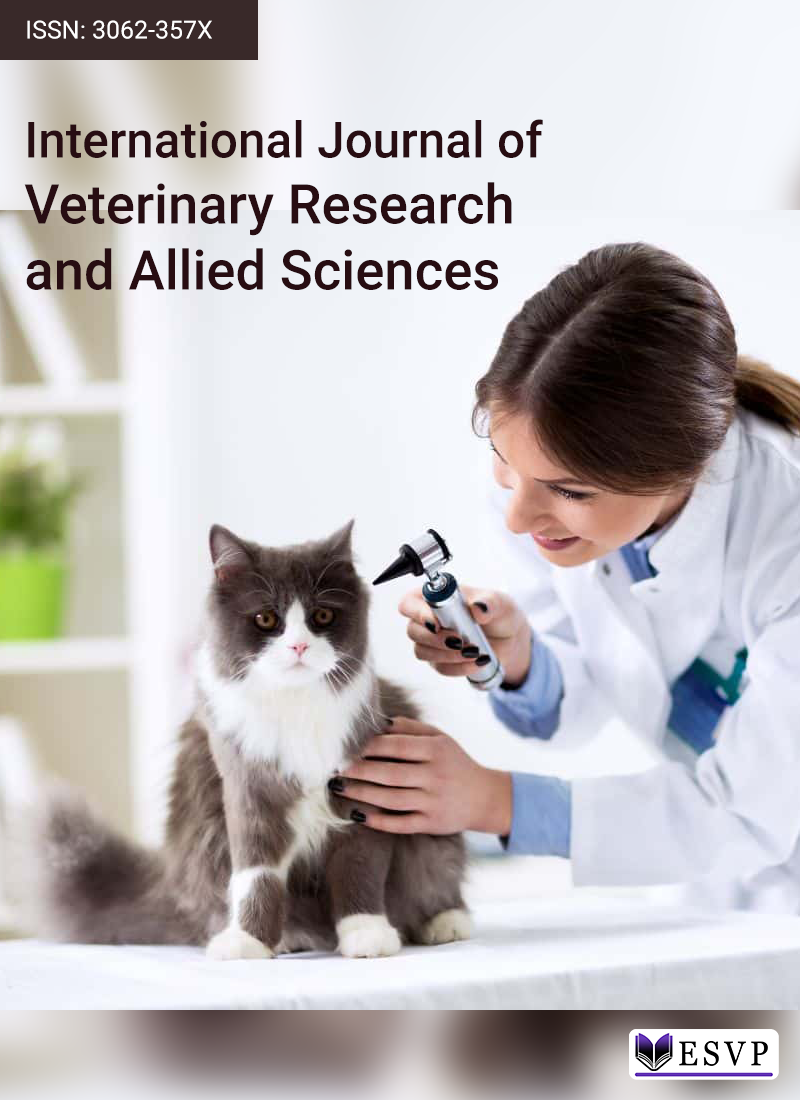
Sorghum, a key cereal crop worldwide, is vital to millions of people in the semi-arid tropical regions. This study aimed to evaluate the growth rate and certain hematological parameters in male Wistar rats fed irradiated sorghum (Sorghum bicolor) for 2 months. Sorghum seeds were purchased locally, cleaned manually, and sorted into 4 groups, each placed in Petri dishes. 3 groups were treated with different forms of irradiation—X-ray, gamma-ray, and UV light—while the fourth group served as the control. Growth rates were determined by measuring the initial and final body weights of the rats. After 60 days, blood samples were collected via the retrorbital sinus, and renal, hematological, and liver function parameters were evaluated. The findings showed that the growth rate of rats fed irradiated sorghum was lower than that of the control group. The highest growth rate (3.57 g/day) was observed in control-sorghum-fed rats, followed by UV-sorghum-fed rats (3.4 g/day), X-ray-sorghum-fed rats (3.33 g/day), and gamma-sorghum-fed rats (3.25 g/day). In addition, irradiation affected several hematological, renal, and liver function indicators. It is important to assess the safety of food and feed exposed to irradiation before use.